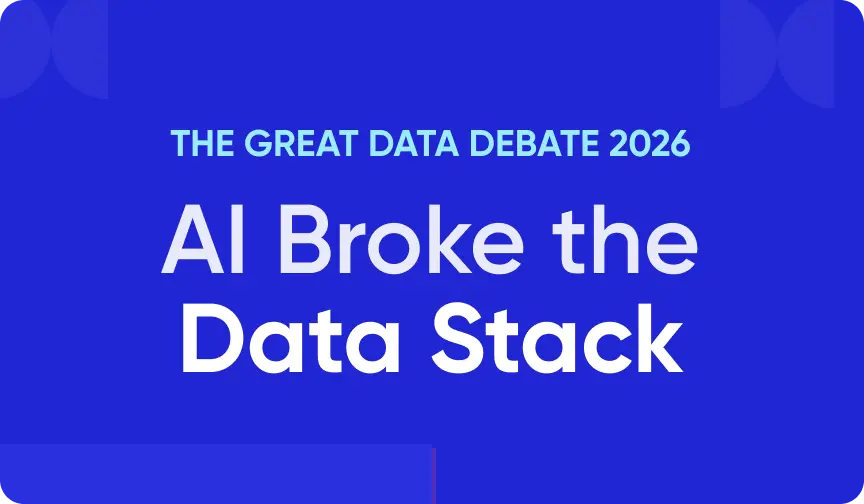How to Implement ETL in BigQuery?

Share this article
Explore the power and efficiency of ETL for BigQuery: Learn how to seamlessly extract, transform, and load data in Google Cloud’s advanced data warehouse, ensuring high performance and scalability for your data processing needs.
About ETL for BigQuery
Permalink to “About ETL for BigQuery”ETL, which stands for Extract, Transform, Load, is a process used in database functions and particularly in data warehousing.
It involves extracting data from different sources, transforming it into a format that can be analyzed, and then loading it into a database or data warehouse.
The extraction process involves gathering and consolidating data from various sources, which can include databases, applications, files, and other data repositories.
The transformation process involves cleaning, validating, and formatting the data to ensure it’s accurate and consistent. This may also involve combining data from different sources or splitting data into different tables or fields.
The load process involves importing the transformed data into a new database or data warehouse where it can be accessed and analyzed.
ETL is a crucial component of many business intelligence strategies, as it enables companies to gather data from various sources, ensure its quality and consistency, and use it to make informed business decisions.
BigQuery is a web service from Google that is used for handling and analyzing big data. It’s a fully-managed, serverless data warehouse that enables super-fast SQL queries using the processing power of Google’s infrastructure.
It allows businesses to activate big data insights on a real-time basis, providing a significant edge in predictive analytics and machine learning. BigQuery is designed to be highly scalable, allowing users to query large datasets quickly.
It also integrates with a variety of Google Cloud services and supports standard SQL syntax. This technology is ideal for businesses that need to analyze large volumes of data quickly and efficiently.
Table of contents
Permalink to “Table of contents”- About ETL for BigQuery
- Maximizing BigQuery’s Potential: The Critical Role of ETL in Ensuring Data Accuracy and Query Efficiency
- Implementation Strategy
- ETL for BigQuery: Related reads
Maximizing BigQuery’s Potential: The Critical Role of ETL in Ensuring Data Accuracy and Query Efficiency
Permalink to “Maximizing BigQuery’s Potential: The Critical Role of ETL in Ensuring Data Accuracy and Query Efficiency”Without a proper ETL process, BigQuery’s capability to deliver accurate and reliable insights is significantly compromised.
ETL ensures that the data from different sources is cleaned, which means removing inaccuracies, duplicates, and irrelevant information. It also involves validating the data to ensure it meets certain quality and consistency standards.
Furthermore, ETL processes format and transforms the data, ensuring it aligns with the schema and structure of the target database, in this case, BigQuery.
In the absence of these critical ETL steps, BigQuery may end up processing data that is inconsistent, inaccurate, or incomplete. Such data can lead to misleading analytics results and unreliable business insights.
For instance, without proper data cleaning, BigQuery could analyze outdated or irrelevant information, skewing analysis outcomes. Similarly, without data validation, the insights derived could be based on erroneous data, leading to poor business decisions.
Additionally, the ETL process plays a pivotal role in the efficient management of large data volumes. Without ETL, importing and integrating large datasets into BigQuery becomes a cumbersome and time-intensive task.
The process may involve manual interventions and ad-hoc scripts to handle data inconsistencies and format mismatches. This not only slows down the data import process but also increases the likelihood of errors, further affecting data quality and reliability.
Furthermore, the ETL process often involves optimizing data for query performance in BigQuery. This includes restructuring or denormalizing data to fit the analytical queries better, which can significantly improve query performance and speed.
Without these optimizations, users might experience slower query responses and increased processing costs, diminishing the efficiency and cost-effectiveness of using BigQuery.
Implementation Strategy
Permalink to “Implementation Strategy”To implement ETL in BigQuery, start by extracting data from various sources. BigQuery supports data import from Google Cloud Storage, Google Cloud Datastore, and Google Cloud Bigtable.
- Use BigQuery Data Transfer Service for automated data movement.
- Next, transform the data using SQL queries in BigQuery to clean, validate, and format it. BigQuery’s support for standard SQL syntax makes this process straightforward.
- Finally, load the transformed data into BigQuery tables. Use partitioned tables for large datasets to improve query performance and reduce costs.
- Monitor the ETL process regularly using BigQuery’s built-in tools to ensure optimal performance.
Implementing ETL in BigQuery can be challenging due to the complexity of data transformation and the need for efficient data management. Common pitfalls include underestimating the time and resources required for data transformation, leading to delays and inefficiencies. Additionally, neglecting data quality can result in inaccurate analysis and decision-making.
Cost management can also be a challenge, as BigQuery charges based on the amount of data processed. Lastly, complex SQL queries can be difficult to manage and optimize, potentially affecting performance.
ETL for BigQuery: Related reads
Permalink to “ETL for BigQuery: Related reads”- How to set up Google BigQuery
- Modern Data Catalog for BigQuery
- How to crawl Google BigQuery
- Google BigQuery Connectivity
- Automated Data Lineage for BigQuery
- ETL vs Data Pipeline: 10 Key Differences, Examples & More!
- Zero-ETL: Components, Benefits & Why is It Better Than ETL?
- Best Open Source ETL Tools to Consider
- Top 5 ETL Tools to Consider
- ETL vs. ELT: Exploring Definitions, Origins, Strengths, and Weaknesses
- BigQuery documentation
Share this article





















